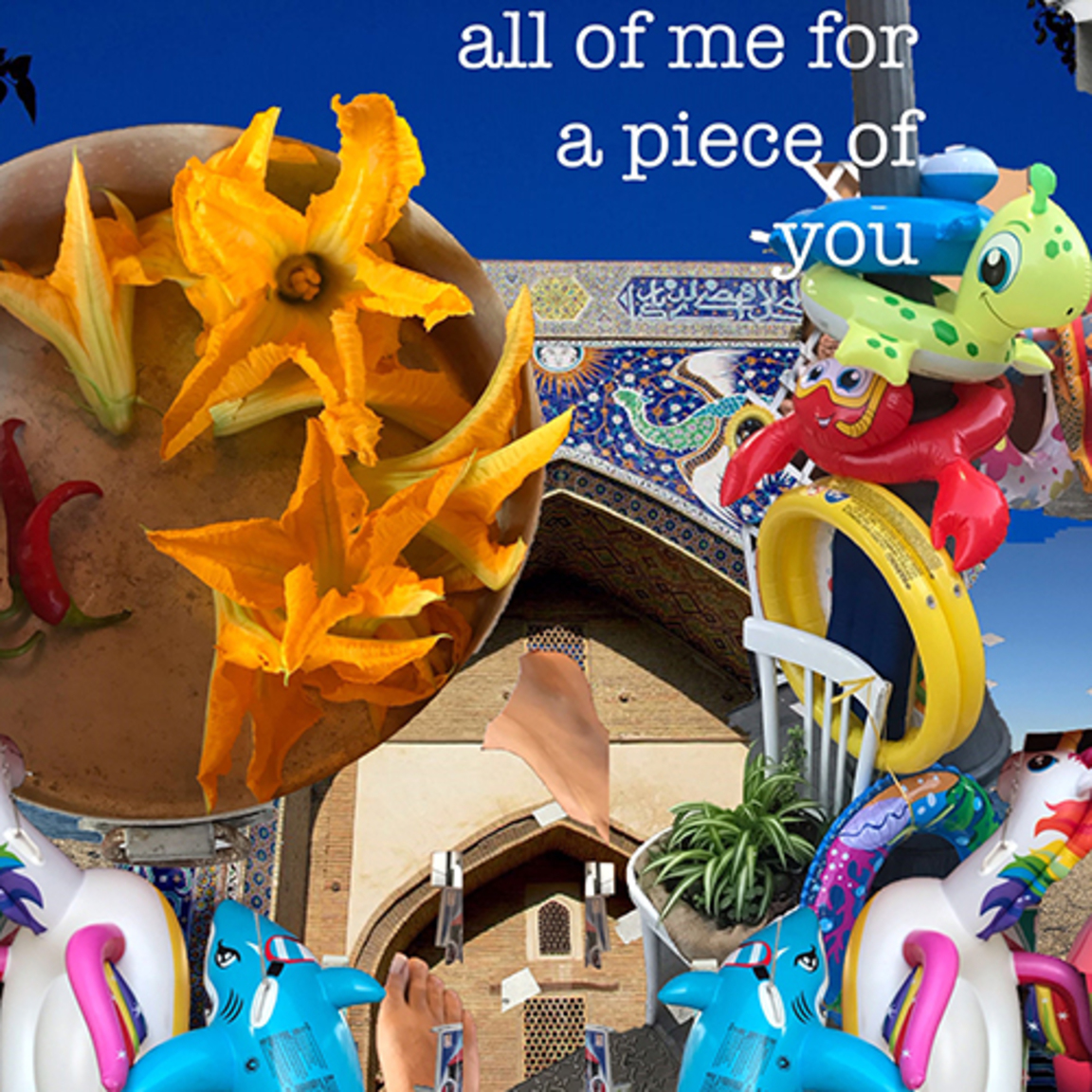Forelesning

All of me for a piece of you
Professor Jan Verwoert will be giving four public talks on Zoom. A set of talks on letting pieces be pieces and tuning in with how works work.
Program:
Monday 07.09: A taste of abstraction: excited souls moving sideways
Join Zoom Meeting
Tuesday 08.09: Gifts are animated things whose elements stay unstable
Join Zoom Meeting
Wednesday 09.09: Hollow fathers, methods & maxim guns OR modes, manners & key
Join Zoom Meeting
Thursday 10.09: Say hi to the genie and pick the holy fruit
Join Zoom Meeting
A set of talks and seminars on
letting pieces be pieces and
tuning in with how works work
Some time ago at KHiO I asked seminar participants to anonymously note down the one thing they most fear and hate to hear in a studio visit. We cut out masks from paper and a group of people put them on as they read the notes out aloud, like a Greek chorus. It was eerie: most judgments the chorus voiced had a similar bottom line: it was either “this piece is too much (you are too much)” or “you are giving me too little (for this to be art and you to be an artist)”. Is this then the curse that lies upon us, the spell we seek to break: to be found giving too little/much?
One could object: What is art education for, if not to give you proper methods, means and measures to ensure that your work hits the mark, and you know exactly where you stand with it. Will failsafe concepts not cure art from the malady of giving too little/much? So is the point of art education for artists to clean up their act?
But, for work to work at all times in all places, must it become a clean machine, all terrain armoured transport, smart bomb? The horror! The horror! Indeed the promise of proper method may be the poison modern industrial powers spread around the world when they set out to bent it to their will.
What if, rather than try and come clean, we leap into the muddy depth of the mess giving too little/much gets us into? What if we start by avowing lack/excess as the condition art is born into? What if a piece of art was an inherently volatile substance, intensely unstable element, una cosa allucinate (as Italian vernacular has it), and, in a vivid yet unverifiable way, vessel of demons, djinns and genies?
If that was so, art pieces would inherit the shapeshifting status and precarious powers many cultures around the world have wisely associated with the giving of the gift. In many places the gift has been (and is still) understood as a thing with a soul that travels. When things with souls travel they create bonds. Munus (pl. muni) is Latin for gift. Com-muni-cation is the crafting of com-muni-ties through the circulation of muni.
Gifts are risky to give. Their power comes with the potential of being too little/much. Lots may happen when things with souls change hands. Blessings and curses follow them around. Travelling souls need protection, so do owners of houses who receive them, or pass them on. What ceremonies of protection and circulation do we want for things with souls today?
The power, value and meaning of gifts is inseperable from the relations created and maintained through their exchange. So the mode, fashion, manner and key in which the gift is given matters greatly. Methods are for all terrains. They exist in cruel isolation. Modes, on the other hand, are the singular routes the journeys of living things take. They are contingent channels of relation, resonance, affection, vibration, and vibe, which spring to life when works work and rhythm is a dancer. Can the arts of performance, mood, tone, and atmosphere teach us to shape intuitions for colouring relations?
These questions will be addressed in evening talks. In afternoon seminar session on the day after, we will follow up on the issues raised, with more in depth discussion and close readings of texts on gift-giving and things with souls.
- Jan Verwoert -